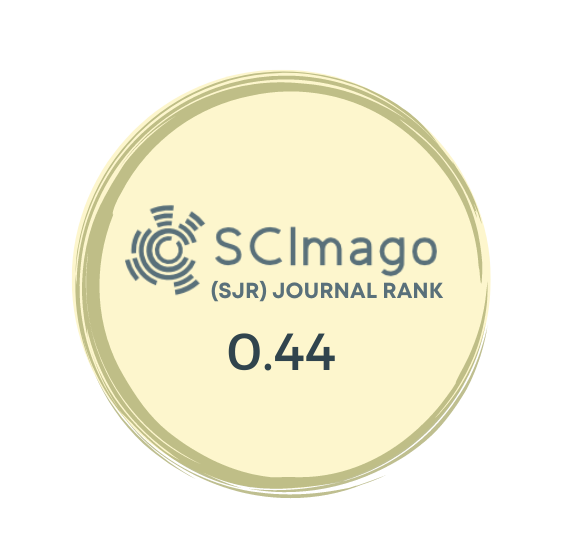Abstract
Objectives: We evaluated the radiographic and functional results of the proximal femoral nail antirotation (PFNA) system in patients with unstable intertrochanteric femoral fractures.\r\nMethods: The study included 45 patients (25 women, 20 men; mean age 72 years; range 27 to 97 years) who underwent osteosynthesis using the PFNA for unstable intertrochanteric femoral fractures. The fractures were in the right hip in 25 patients, and in the left hip in 20 patients. The fractures were classified according to the AO system. One patient had an open fracture due to firearm injury (Gustilo-Anderson 3A). The patients underwent surgery within a mean of eight days (range 2 to 21 days) from injury. The mean hospital stay was 13.5 days (range 4 to 25 days). Closed reduction was achieved in all the patients. The results were assessed clinically and radiographically. The neck-shaft angle of the femur (collodiaphysial angle) and the tip-apex distance were measured. The position of the helical screw within the femoral head was determined using the method of Cleveland and Bosworth. Clinical evaluation was made using the Harris hip score. Perioperative and postoperative complications were recorded. The mean follow-up period was 17.3 months (range 6 to 23 months).\r\nResults: The mean operation time was 37.8 min (range 22 to 118 min) and the mean blood loss was 225 ml (range 150 to 450 ml). During surgery, femoral shaft fracture occurred in three patients, and greater trochanter fracture occurred in nine patients. Union was obtained in all the patients. Reduction was poor in four patients (8.9%), acceptable in seven patients (15.6%), and good in 34 patients (75.6%). The mean collodiaphysial angle was 136.7° (range 125° to 148°). The tip-apex distance was <25 mm in 36 patients (80%), and ?25 mm in nine patients (20%). The position of the helical screw in the femoral head was appropriate in 38 patients (84.4%). Postoperative complications included secondary varus (n=2, 4.4%), calcification at the tip of the greater trochanter (n=7, 15.5%), sensitivity over the fascia lata (n=7), medial thigh pain (n=11, 24.4%), and screw cut-out (n=1, 2.2%). Nine patients developed femoral shortness (mean 9.4 mm; range 8 to 13 mm). Screws showed lateral displacement in five patients (11.1%), which was less than 5 mm in four patients. Secondary surgery was required in four patients (8.9%). The mean Harris hip score was 77.8. Harris hip scores were very good in 11 patients (24.4%), good in 19 patients (42.2%), moderate in nine patients (20%), and poor in six patients (13.3%).\r\nConclusion: Due to advantages of high union rate, early postoperative mobilization, and short operation time, PFNA osteosynthesis is the method of choice for surgical treatment of unstable intertrochanteric femoral fractures.
Özet
Amaç: Stabil olmayan intertrokanterik femur kırı nedeniyle proksimal femoral çivi antirotasyon (PFNA) uygulanan hastaların radyografik ve fonksiyonel sonuçları değerlendirildi.\r\nÇalışma planı: Çalışmaya stabil olmayan intertrokanterik kırık tanısıyla PFNA çivisiyle osteosentez uygulanan 45 hasta (25 kadın, 20 erkek; ort. yaş 72; dağılım 27-97) alındı. Yirmi beş hastanın sağ, 20 hastanın sol kalçasında intertrokanterik kırık vardı. Kırıklar AO sınıflamasına göre sınıflandırıldı. Bir hastada ateşli silah yaralanması sonucu gelişen açık kırık (Gustilo-Anderson 3A) vardı. Hastalar travma tarihinden itibaren ortalama sekizinci günde (dağılım 2-21 gün) ameliyat edildi. Hastaların hastanede kalış süresi ortalama 13.5 gündü (dağılım 4-25 gün). Hastaların tümünde redüksiyon kapalı olarak gerçekleştirildi. Sonuçlar klinik ve radyografik olarak değerlendirildi. Boyun-cisim açısı (kollodiyafizer açı) ve implant ucu-femur başı apeks mesafesi ölçüldü. Helikal vidanın femur başı içindeki konumu, Cleveland ve Bosworth’un tanımladığı yöntem ile belirlendi. Klinik değerlendirmede Harris kalça skoru kullanıldı. Ameliyat sırasında ve sonrasında gelişen komplikasyonlar kaydedildi. Ortalama takip süresi 17.3 ay (dağılım 6-23 ay) idi.\r\nSonuçlar: Ortalama ameliyat süresi 37.8 dakika (dağılım 22-118 dk), ortalama kan kaybı 225 ml (dağılım 150-450 ml) bulundu. Ameliyat sırasında üç hastada femur cisim kırığı, dokuz hastada büyük trokanter kırığı gelişti. Takip dönemi içinde tüm kırıklar sorunsuz olarak kaynadı. Dört hastada (%8.9) kötü, yedi hastada (%15.6) kabul edilebilir, 34 hastada (%75.6) iyi redüksiyon sağlandığı görüldü. Kollodiyafizer açı ortalaması 136.7° (dağılım 125°-148°) ölçüldü. Tepe-apeks mesafesi 36 hastada (%80) <25 mm, dokuz hastada (%20) ?25 mm bulundu. Otuz sekiz olguda (%84.4) helikal vidanın femur başı içindeki konumu uygundu. Takip dönemi içinde iki hastada (%4.4) ikincil varus, yedi hastada (%15.5) trokanter majör ucunda kalsifikasyon, yedi hastada (%15.5) fasya lata üzerinde hassasiyet, 11 hastada (%24.4) uyluk medialinde ağrı, bir hastada (%2.2) sıyrılma görüldü. Dokuz hastada femurda ortalama 9.4 mm (dağılım 8-13 mm) kısalık gelişti. Vidanın laterale kayması beş hastada (%11.1) görüldü; bunların dördünde kayma 5 mm’nin altında idi. Dört hastada (%8.9) ikincil ameliyat gerekti. Klinik değerlendirmede Harris kalça skoru ortalaması 77.8 bulundu. Harris kalça skoru 11 hastada (%24.4) çok iyi, 19 hastada (%42.2) iyi, dokuz hastada (%20) orta, altı hastada (%13.3) kötü idi. \r\nÇıkarımlar: Stabil olmayan intertrokanterik femur kırıklarının cerrahi tedavisinde PFNA osteosentezi, yüksek kaynama oranı, stabil tespit sonrası erken dönemde harekete izin vermesi ve ameliyat süresinin kısa olmasından dolayı öncelikle tercih edilmesi gereken bir yöntemdir.


_page-0001.jpg)
.png)

.png)
